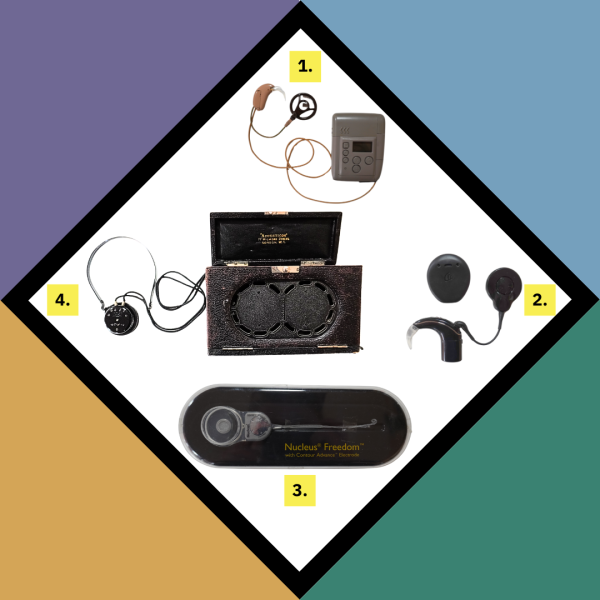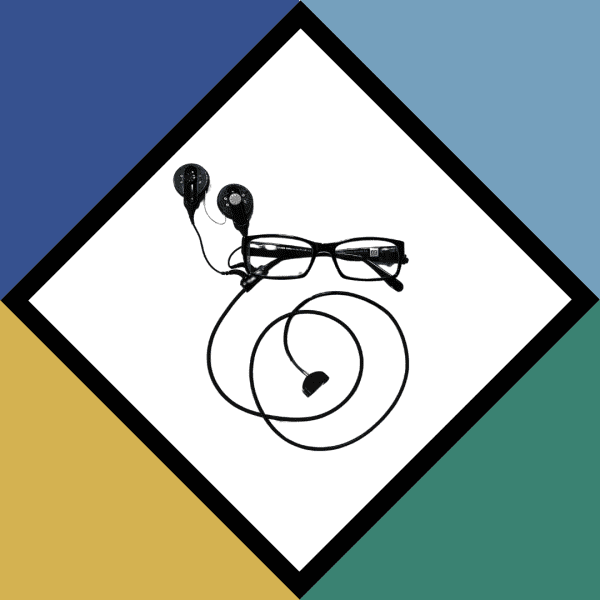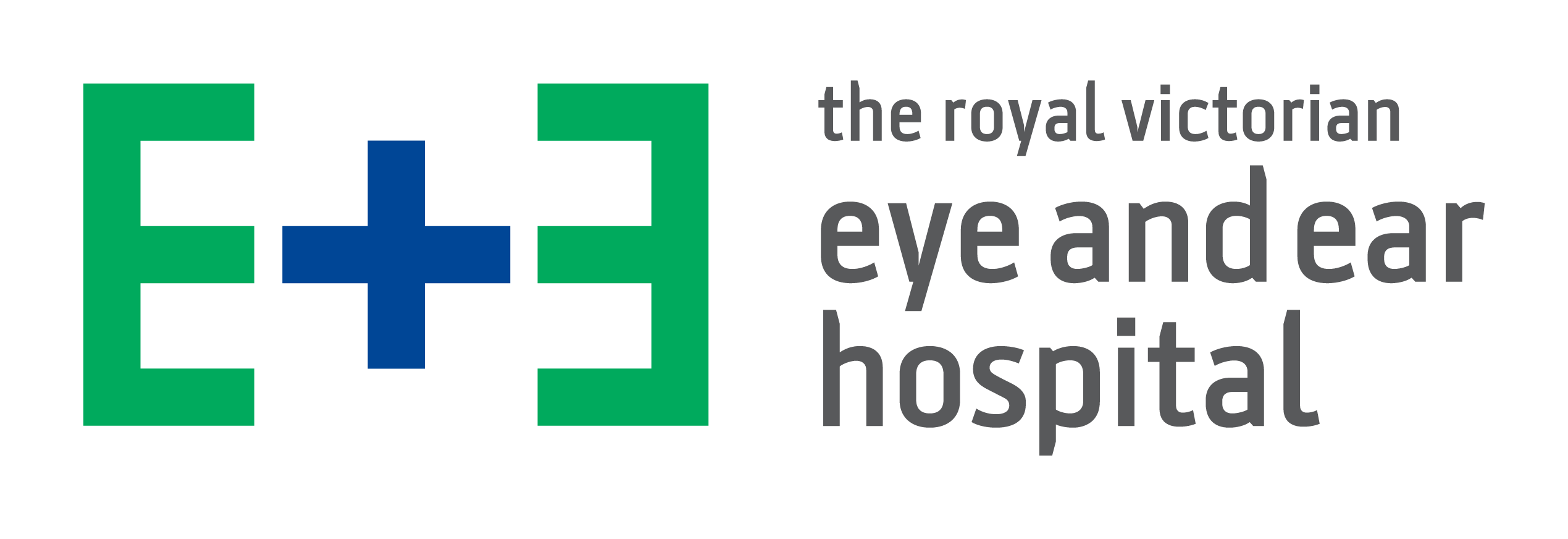Case 1

Aids for hearing evolved from mechanical to electrical devices in the 20th century. Using an external power source, sounds could be made louder than was possible with earlier mechanical designs. Consequently, hearing aids were able to provide amplification of sound to those even with severe to profound hearing loss.
- SPrint Sound Processor released in 1997
- Nucleus 8 Sound Processor
- Nucleus Freedom (CI24RE) Cochlear Implant Since the first multi-channel cochlear implant (bionic ear) in 1978, sound processors have evolved significantly. Early bulky, body-worn devices with wires are now replaced by sleek, wireless models worn on the ear. Advances in programming options have dramatically improved hearing quality, comfort and performance.
- Acousticon Vintage Hearing Aid – This hearing aid is typical of early electrical hearing aids. It was large and not easily transportable – the batteries were cumbersome and the carbon components were highly sensitive to heat and cold.
Case 2

Bionic Eye Glasses prototype
These glasses are part of the external components of our Bionic Eye to provide a sense of vision for people with profound visual loss due to inherited retinal disease. Paired with a surgically implanted device, the high-resolution cameras and advanced software process visual information, bypassing damaged retinal cells to stimulate residual retinal cells and hence the brain’s visual cortex. Lightweight and ergonomic, they support everyday use and independence. Developed with industry and research partners, this innovative technology represents a breakthrough in assistive vision solutions, improving lives through cutting-edge science.
Case 3

- Ear Syringe
The earliest ear syringes were used for a variety of semi-invasive procedures, such as ear cleanings, enemas, and sexually transmitted disease treatments. - Vintage Pritchard’s inflating bag
This is a vintage self-inflating bag used to ventilate patients - Ear Cornet Hearing Aid Trumpet – circa 1910
These devices were designed to capture sound waves from the environment and funnel them into the ear. - Chloroform Mask – used early 1990’s
This device was originally designed as an inhaler for the administration of chloroform during surgery, and it was later adapted for use as a nasal inhaler for respiratory symptoms. - Examination Head Mirror
A head mirror is a simple diagnostic device, historically worn by physicians for the purposes of eye, ear, nose and throat examinations. Over recent decades its use has become somewhat obsolete.
